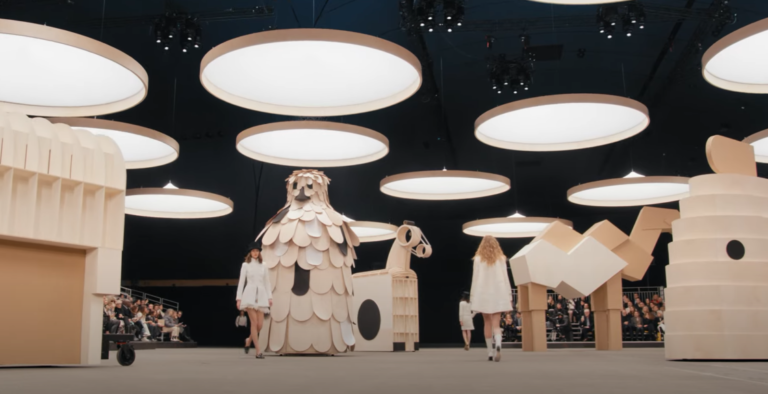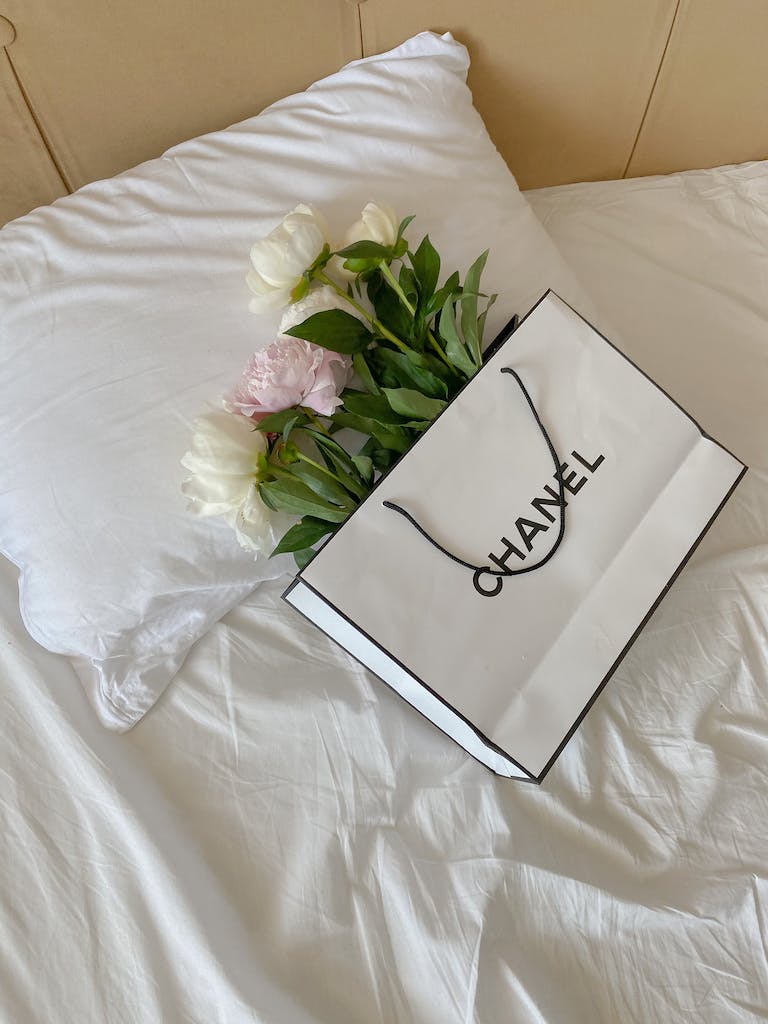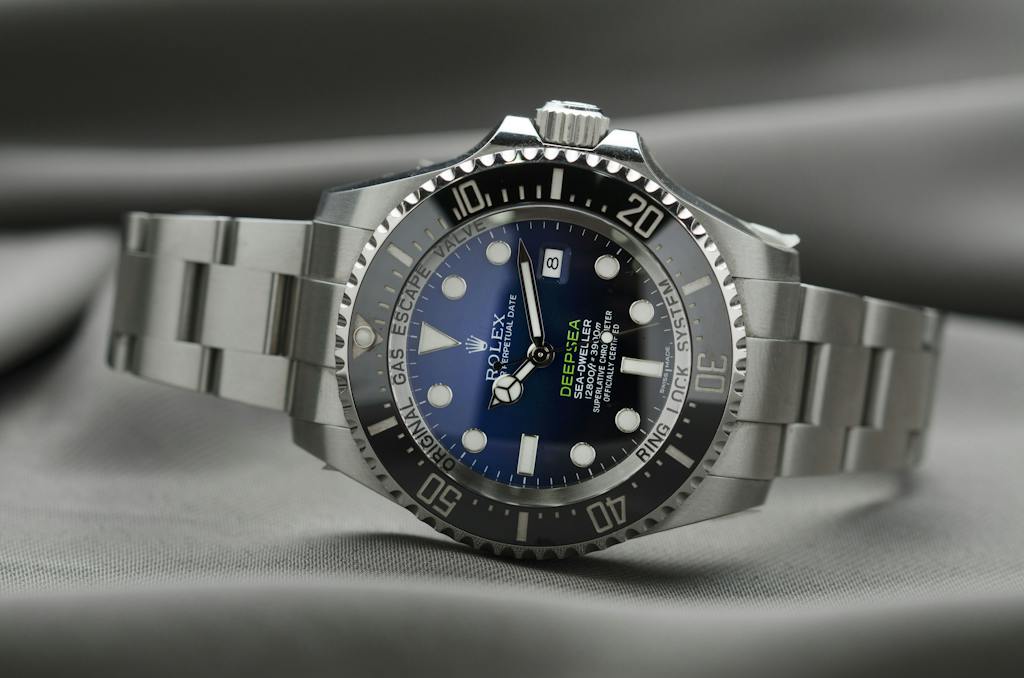What makes a Luxury Brand luxury?
What makes a luxury brand is a combination of many factors, its exclusivity, superior quality, prestige, heritage, innovative design and excellent customer service that have been carefully curated to create a one of a kind experience for their customers.
Luxury brands have the most coveted goods in the world, not everyone can afford them, most people want them or want to be seen having them, but how exactly do they create all of these factors that make them “luxury”? In this article we’ll explore what it means to be a luxury brand and unique examples of luxury brands today.
Key takeaways
- Luxury brands are defined by their exceptional quality, craftsmanship, and heritage, creating products that symbolize status and exclusivity.
- A luxury brand’s value lies not just in its products, but in the unique, personalized experiences it offers to its customers.
- Modern luxury brands adapt to changing trends and consumer values, embracing sustainability and digital innovation to stay relevant and appealing.
Historical Perspective of Luxury Brands

The Evolution of Luxury
Most luxury brands have a history, deeply interwoven with the fabric of society’s evolution. Initially, these brands catered exclusively to the aristocracy and the affluent, having specially designed clothes that symbolized status and power .
The more exclusive and rare a material or good is to get, the more money, power and status you probably had. Although, as economies grew and society modernized, the size of the middle class increased and luxury brands expanded their product range to accommodate this and get a larger market share.
Luxury brands today are much more accessible to a broader audience but still maintain their status because of pricing, quality and customer service. Due to economic changes in the past century, society has greatly shifted on their views on what ‘luxury’ should be.
1. Luxury Brands Have To Have A Moral Compass

The perception of luxury has undergone significant transformation as back when haute couture was just beginning, they were synonymous with opulence and extravagance. Today, while these elements remain, there’s a growing emphasis on subtlety, experience, and sustainability.
Having good ethics and a story behind the brand greatly appeal to modern luxury customers and having a good brand image that cares about the ongoing state of the world and their employees is highly important. Responsibility and awareness have become an integral part to luxury. Take these luxury brands for example:
- Gucci: Has committed to environmental sustainability and ethical sourcing of their materials labelling this their “Gucci Equilibrium” initiative. Gucci has also achieved carbon neutrality across its supply chain and aims to protect biodiversity.
- Stella McCartney: Stella McCartney’s brand is a pioneer in ethical fashion and uses Fur-Free Fur to prove that luxury can be eco-friendly.
- Tiffany & Co.: Gems have long been under scrutiny for the way they have been sourced and Tiffany & Co. has initiatives in place to ensure that their diamonds and precious metals are ethically mind and are traceable.
2. Emphasize Quality and Craftsmanship

The cornerstone of any luxury brand is its unwavering commitment to quality, consumers have to feel that they are getting a product worth the steep prices luxury goods have so that they will keep coming back to buy more.
Craftsmanship comes hand in hand with quality, luxury brands have to have unique and innovative products of the highest quality and this is where specialized artisans step in. Usually these are art forms that have been passed down through generations and are skills that are hard to replicate and luxury brands take advantage of this. Take these luxury brands for example:
- Louis Vuitton: Skyrocketed into luxury status because of how superior their leather goods were and how coveted their leather trunks became. Louis Vuitton’s artisans are trained for years to master traditional leather working skills to ensure each product is of the highest quality.
- Rolex: Stands out in the world of luxury watches because each watch is assembled by hand and their employees are known to pay meticulous attention to precision and detail. Rolex is also known for its in-house development of exclusive, high-quality materials.
- Hermès: Hermes artisans are reportedly required to train for 5 years before they can craft a Birkin Bag, and one bag can take up to 48 hours to complete.
3 . Define Your Legacy and Heritage
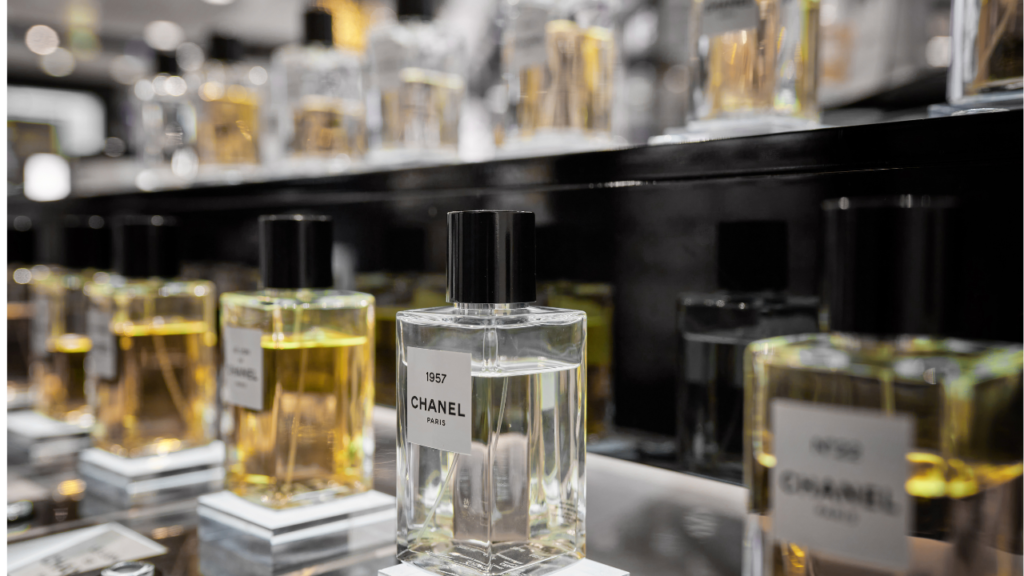
A luxury brand isn’t built overnight and many luxury brands that stand the test of time hold a rich heritage and story behind the brand. Consistent effort to hold themselves to a such a high level of quality and craftsmanship builds a solid brand image within the mind o their consumers.
This means using the best materials, maintaining meticulous attention to detail, and upholding stringent production standards. Over time, this commitment to excellence builds a reputation that stands the test of time, drawing consumers who seek reliability in quality.
4. Be Exclusive

Exclusivity is a key element in luxury branding. This doesn’t just mean high prices; it’s about creating a sense of belonging to an exclusive club. Limited edition releases, personalized services, and by-invitation-only events create a sense of rarity and exclusivity that enhances a brand’s luxury appeal.
Take the Hermes Birkin Bag for example. You aren’t able to just walk into any Hermes store and buy a bag, instead you have to curate a relationship with the brand and their employees before you could possibly be invited to have a look at a Birkin Bag.
5. Have Exceptional Customer Experience
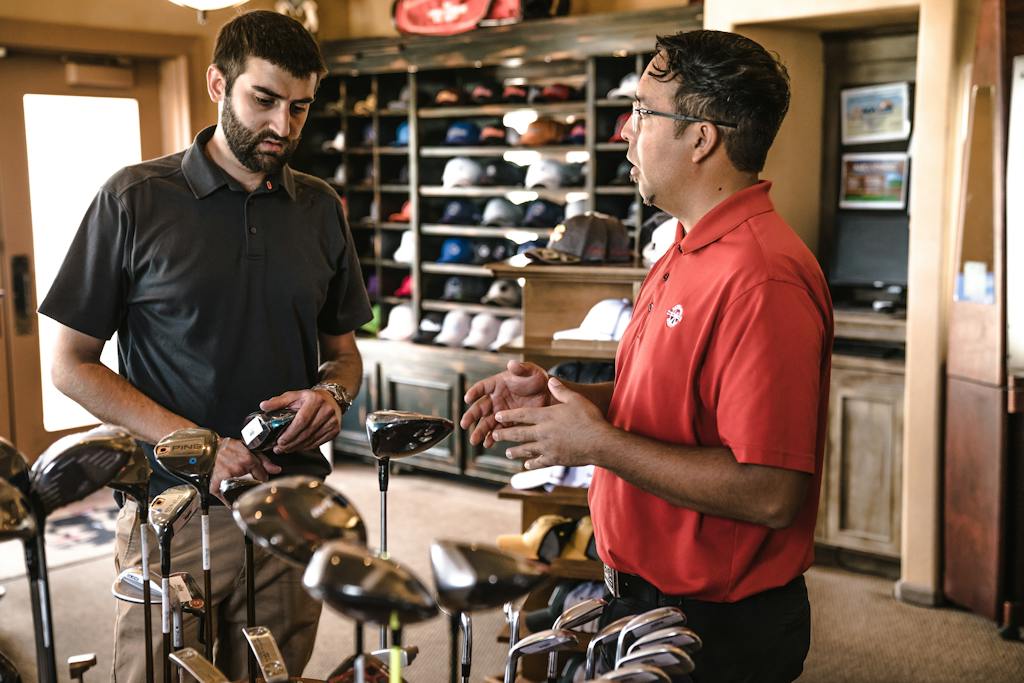
Luxury brands take note of their best customers and seek to make a personal connection with them. They excel at creating a one of a kind customer experience that goes way beyond the transaction, be it through in-store or online customer service, the packaging, it all contributes to a memorable and immersive experience.
Take Haute Couture for example, luxury brands take Haute Couture very seriously. From exclusive pieces to tailored designs just for one customer, they curate very personal relationships with their clients.
They also invite their top VIP clients to exclusive events that are not heavily marketed either. Most of these exclusive events include private shows, private viewings of exclusive special edition items, great food, it could be store-openings and it is not easy to gain access to these private events.
6. Price Goods Based On Value Not Cost
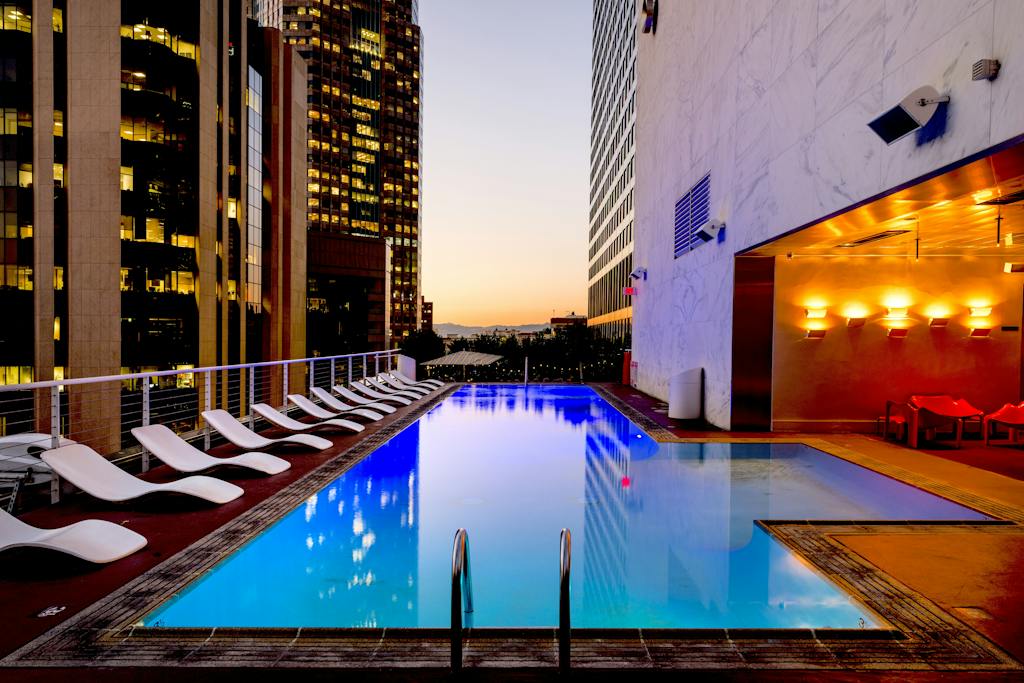
Luxury brands and high prices are synonymous and helps to develop a perception of exclusivity and quality. They sell a lifestyle, not just a product, a lifestyle of having quality goods and elevating your trips to the mall and how people perceive you. Luxury brands have to meet quality expectations, and their brand image curated over the years is what consumers pay for.
Luxury brands do not focus on the price when marketing, instead they focus on their history of providing quality goods, their brand image that you borrow when wearing or using their product and exclusive services they provide to you thereafter.
7. Enhance Brand Image With Influential Celebrities
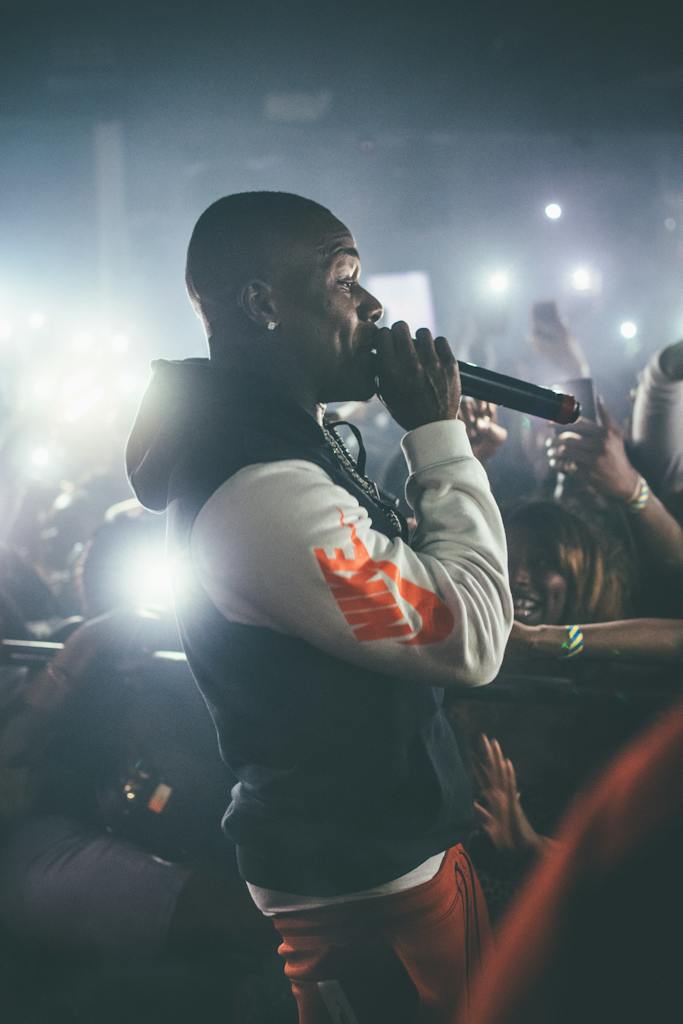
Strategically picking certain celebrities and influencers to work with helps to curate a brand image as well. When luxury brands align with the glamour and prestige of certain famous celebrities that are known for being elegant, demure this showcases to the world who the brand is targeting and who their products are for. This helps consumers who love these celebrities and want to be like them envision themselves with the brand’s products as well.
Typically the brand has a image they want to curate and the celebrity, actor, singer, writer has to already have portray the image the brand wants. Not to mention, it brings the brands image to new eyes, fans of the celebrity and broadens the brand’s appeal.
Conclusion
A brand’s luxury status stems from its exceptional quality, exclusivity, heritage, and the unique experience it offers, setting it apart in the realm of high-end consumer goods.
The world of luxury brands is as complex as it is fascinating. From the historical evolution and exceptional craftsmanship to the strategic pricing and innovative marketing, each element plays a crucial role in defining a brand’s luxury status.
As we’ve seen, luxury is not just about the price tag or the exclusivity; it’s about the experience, the heritage, and the connection a brand creates with its consumers. As the luxury landscape continues to evolve with new trends and consumer expectations, these brands adapt while maintaining their core values of quality, craftsmanship, and exclusivity.
We hope this exploration has provided you with valuable insights and a new perspective on what makes a brand truly luxurious. Whether you’re in the business of luxury or a consumer of its exquisite products, understanding these key aspects will undoubtedly enrich your appreciation for the artistry and strategy behind luxury branding.
FAQs
What distinguishes a luxury brand from other brands?
Luxury brands are distinguished by their superior quality, unique craftsmanship, historical heritage, and the exclusive, personalized experience they offer to their customers.
How do luxury brands maintain their exclusivity?
Luxury brands maintain exclusivity through limited edition products, personalized services, high pricing strategies, and by creating a sense of belonging to an elite group.
Are luxury brands adapting to modern consumer trends?
Yes, luxury brands are increasingly embracing modern trends, including sustainability and digital innovation, to meet the evolving preferences and values of contemporary consumers.

